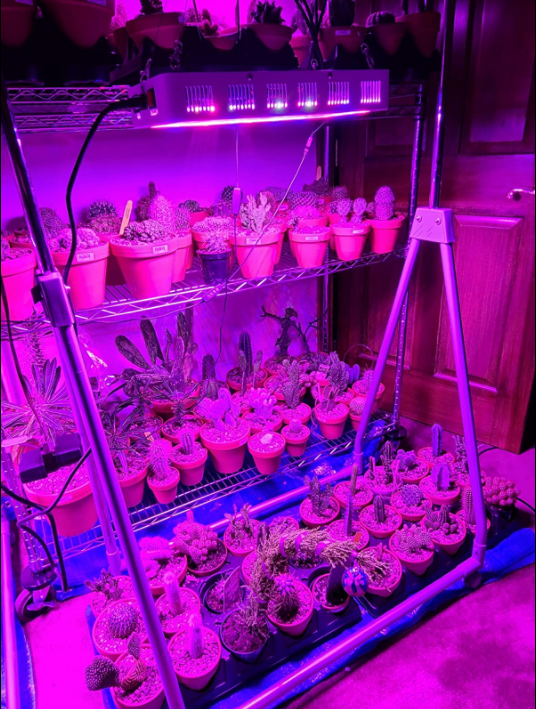Compared to growing plants outdoors, indoor plant cultivation circumvents many dangers that can occur under the open sky. Aside from being sheltered from the elements, indoor plants are also less exposed to pests and diseases. However, this doesn’t mean that indoor plant cultivation is impervious to these problems. Although the enemies are less numerous, some of them are very persistent and resilient creatures that can create serious problems.
Why Do Indoor Plant Diseases Occur?
The main source of disease in indoor cultivation systems is either the contaminated substrate or infected planting material. There are some reported cases of infections caused by contaminated irrigation water, but these are rather rare occurrences. Anyway, if you find plant pathogens in your indoor garden, you probably brought them along with the cuttings, seeds, or/and the substrate. Considering that the majority of common indoor diseases are caused by soil pathogens, it is easy to conclude that contaminated soil is the predominant source of pathogenic microorganisms. For this reason, it is very important to get your soil mixes from a trusted producer, as well as cuttings, seeds, and other planting materials. If you mix your own substrates, make sure to get clean, quality ingredients. Also, if you take the seeds and cuttings yourself, it is crucial to use healthy, vigorous plants and sterilized tools.
Hygiene is extremely important in indoor plant cultivation. When a plant disease occurs in a small area packed with plants, it is bound to spread quickly. This is especially true for hydroponic systems, as the pathogens easily spread from plant to plant with the help of water.
Many cultivated plants thrive in microbiologically active substrates, and it is hard to completely eliminate pathogenic species without affecting the beneficial ones. Sometimes you have to take the good with the bad. There is always going to be some level of contamination in any microbiologically active soil. However, this doesn’t mean that the infection is bound to occur. Pathogens need favorable conditions for growth, so depriving them of these conditions is an effective way to control their spread. Monitoring humidity levels, optimizing the watering regime and proper plant nutrition play a very important role in disease prevention. This especially applies to densely cultivated, sensitive plants like vegetables and herbs.
Who Attacks Indoor Plants?
There are many fungal spores and bacteria lying dormant in the soil, waiting for the right conditions to activate and reproduce. Some of these species are regular citizens of the soil micro-community, completely harmless or even beneficial, while others are notorious plant pathogens. You can even find some opportunistic species that can be good guys or bad guys depending on environmental conditions and the state of the plant’s health. Like all living beings, when plants are stressed out their immunity drops, making them more susceptible to disease. Opportunistic fungal and bacterial microorganisms use this chance cunningly. They sense the weakened plants and instead of feeding on the decaying organic matter in the soil, they opt for a juicier meal. This is another reason why proper nutrition and optimized environmental conditions are so important for a successful harvest.
Luckily, indoor plants are sheltered from the most harmful organisms that attack plants. However, lower variety doesn’t mean lower occurrence. Some species of pathogenic fungi and bacteria are very persistent, adaptable, and so widespread that it is almost impossible to avoid them. Even the most experienced growers battle with these notorious microscopic creatures from time to time.
In order to come up with a proper prevention strategy, we need to know how our enemy behaves. So, let’s meet the most common diseases in indoor plant cultivation in the next blog.

